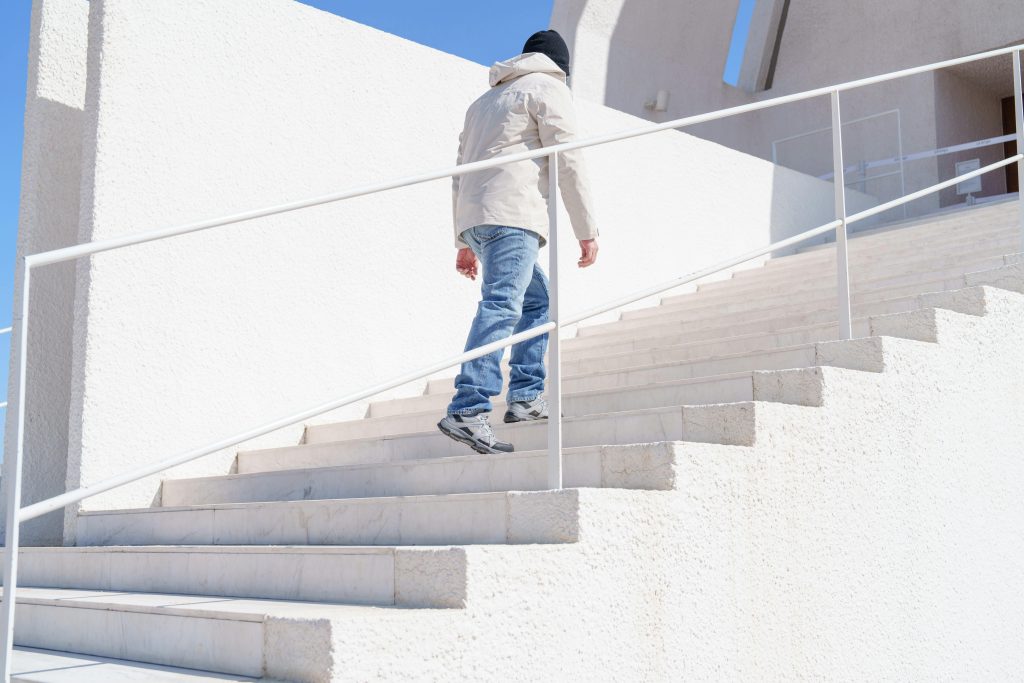Creating a safe and efficient working environment is critical for any business or industrial setting. One of the most effective ways to safeguard personnel and equipment is by installing protective rails. Rails act as physical barriers that prevent accidents, reduce equipment damage, and streamline workflow.
While they may seem like simple additions, their placement, quality, and maintenance require careful planning. This guide explores six crucial tips for using rails to protect your working space, ensuring a safer and more productive environment.
Choose the Right Type of Rail for Your Needs
Selecting the appropriate rail system starts with understanding your specific requirements. Different environments demand different solutions; for example, heavy-duty steel rails are ideal for warehouses with forklift traffic, while lighter aluminum or polymer rails may suffice for office or retail areas. Consider the expected impact force, the weight of machinery, and the type of materials being moved nearby.
Making the right choice enhances safety and prolongs the lifespan of the rail and the surrounding equipment. Assessing your space and potential hazards ensures that the rail system delivers maximum protection without obstructing workflow. Investing in the right materials upfront saves time, money, and potential headaches in the future.
Ensure Proper Installation and Anchoring
Even the strongest rail system can fail if it is not installed correctly. Proper installation involves securing rails firmly to the floor or structural supports, using suitable anchors, and selecting materials that Meets all applicable OSHA and ANSI standards to ensure both safety and compliance. Pay attention to the surface material; concrete requires specific bolts and drilling techniques, while other surfaces may demand alternative anchoring solutions.
Weak or improperly anchored rails can shift or collapse upon impact, leading to injuries or damage. A professional installation guarantees stability and reinforces workplace safety. Conducting a final safety check after installation ensures every anchor and joint is fully secure and ready for use.
Plan Strategic Placement
Installing rails haphazardly can reduce their effectiveness and may even create new hazards. Carefully plan the placement of your protective rails to shield high-risk zones such as loading docks, machinery corners, and pedestrian pathways. Mapping out traffic flow, operational routines, and equipment movement can highlight areas that need the most protection.
Ensure that rails do not block emergency exits or create bottlenecks, and provide sufficient spacing for vehicles and staff to navigate safely. Thoughtful placement maximizes protection while maintaining operational efficiency. Regularly reviewing placement strategies as operations change keeps your workspace continually secure.
Maintain Regular Inspections and Repairs
Protective rails face wear and tear from daily use and occasional impacts. Scheduling routine inspections can identify cracks, rust, or loose fittings before they compromise safety. Establish a maintenance plan that includes cleaning, tightening, and replacing damaged sections as needed.
Inspections should include checking for alignment issues or erosion around anchor points. Maintaining your rails in optimal condition reduces the risk of accidents and extends the life of your protective system. Consistent upkeep demonstrates a commitment to workplace safety and can prevent costly damage to equipment and staff.
Consider Visibility Enhancements
High-visibility rails can significantly reduce accidental collisions in busy working environments. Painting rails in bright colors or using reflective strips alerts staff and drivers to potential hazards. In poorly lit areas, adding LED markers or fluorescent coatings further improves visibility.
Clear signage can complement visual cues, indicating areas where caution is required or vehicle speed should be reduced. Enhanced visibility protects workers and minimizes the likelihood of equipment damage, creating a safer and more organized workspace. Improved visibility helps everyone remain aware of potential dangers.
Adapt Rails for Changing Workspaces
Workspaces are rarely static, and your protective rail system should adapt to changes in layout or operations. Modular rails or adjustable barriers allow for reconfiguration as machinery is added, traffic patterns shift, or new safety concerns arise. Anticipating future changes when choosing a rail system ensures long-term protection without the need for complete replacement.
Periodically reassessing your space and rail placement allows for timely updates and continued effectiveness. An adaptable approach ensures your working environment remains protected as your business grows. Flexibility ensures that safety measures remain effective.
Protective rails are more than simple barriers; they are important safety features that safeguard people and property. Choosing the right type, planning strategic placement, ensuring proper installation, maintaining inspections, enhancing visibility, and adapting to changes can significantly reduce workplace hazards.
Implementing these tips strengthens your safety culture, protects valuable equipment, and fosters a productive working environment for all staff. Investing in quality protective rails is an investment in long-term operational success and employee well-being. Taking these precautions seriously can prevent accidents and save lives.
Published by HOLR Magazine.




